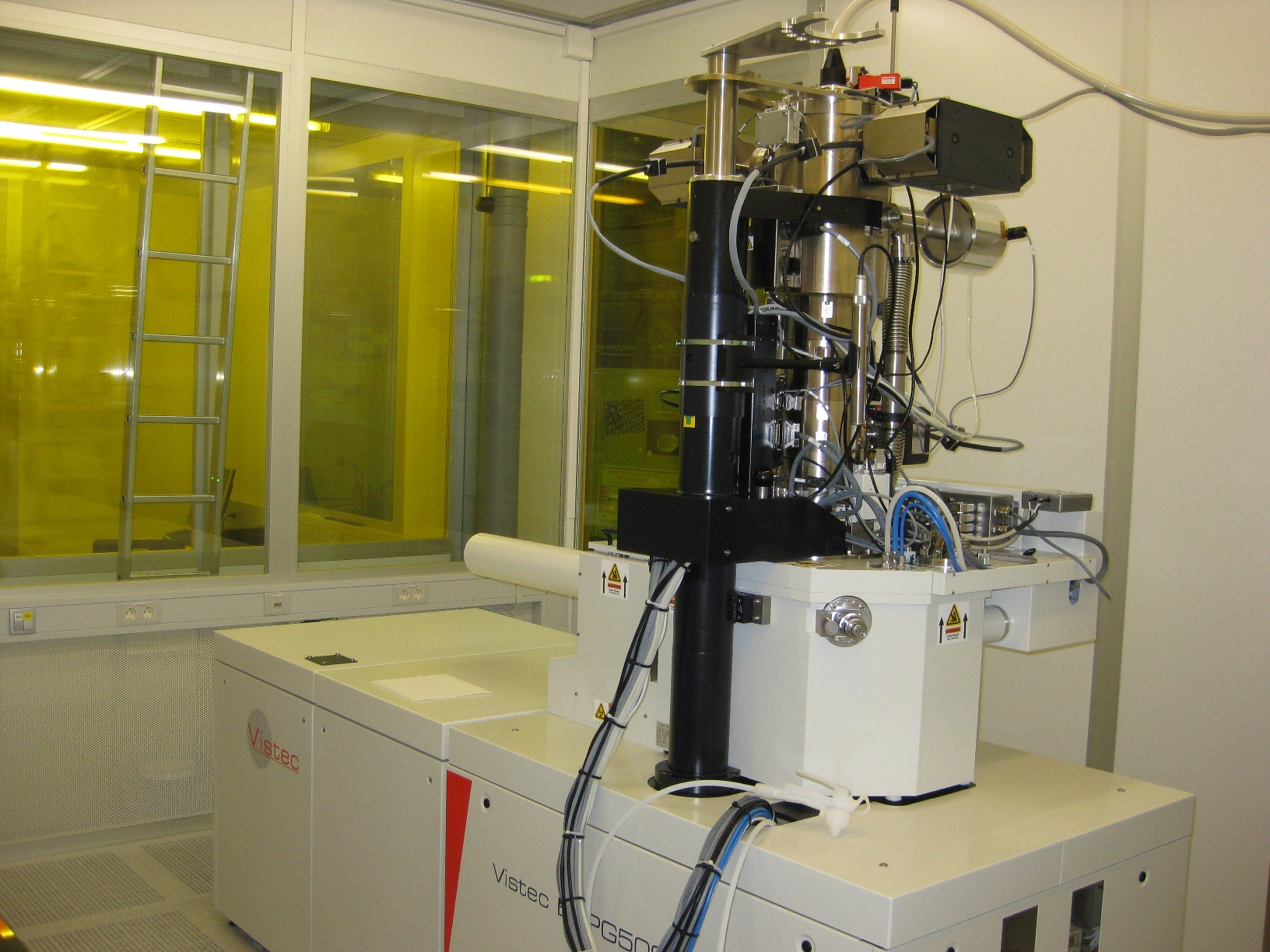
Evaluating The Role Of Dental Lab 3d Printers
Ease of Use
In order to take advantage of new technology in your dental business, your team will need to learn how to use a new piece of equipment and maintain it on a daily basis.
First, try to get an idea of the learning curve that comes with new dental lab 3D printers. With some newer printers, you’ll find user-friendly designs and user interfaces that help you print right out of the box. Other printers can be much more complicated to start with, some requiring a service technician to spend time on site setting up, tuning and calibrating the machine. Another important aspect is the day-to-day interaction and maintenance once the printer is put into operation. Automatic resin dispensing can make a big difference in maintaining a low-maintenance production environment, but is only available on select SLA machines and jet printers. Easy switching between materials can help make a single printer useful for many different applications, where SLA or DLP printers with removable resin tanks and build platforms can offer a user-friendly solution.
Materials
Professional 3D printers are some of the most versatile tools you’ll find in dental labs and offices today, and dedicated materials are the key to their versatility. Different dental applications have different requirements some need to be robust and machinable, others require biocompatibility or appear transparent for aesthetics.
One of the first things to consider when evaluating your options is whether a given 3D printer is capable of printing the dental products you require. Some 3D printers work with proprietary materials, in which case your options are limited to what the manufacturer offers. Others have an open system, meaning they can use materials from third-party manufacturers. However, in this case it is important to make sure that the printer model is suitable for the specific application and that it can print parts with clinically acceptable quality and accuracy.
The list of available applications varies by printer model. Most 3D printers can produce orthodontic models, surgical guides or cast/moldable restorations, while advanced models can produce a range of dental products from highly accurate models of crowns and bridges to long-term dental applications such as splints, night guards or dentures.
Speed And Scalability
When thinking about speed and scale, remember to find the most cost-effective way to drive the production you need and consider how you implement production in your business. Finishing a set full of prints in an hour sounds tempting, but it may be more beneficial and economical to balance cycle times with how your business runs. Doing two prints a day on a batch of machines while finishing a set of parts only twice a day often makes more sense than having a technician constantly take parts off the printer all day.
Production with multi-press printing cells often allows for more affordable up-front costs than large-format presses. By purchasing one inexpensive benchtop machine, businesses can test production methods before eventually ramping up production. And as they scale, they can simply increase the number of printers they use when demand calls for it. This provides an opportunity to pay for the production you need only when you need it, rather than making large long-term investments in a rapidly evolving market.






